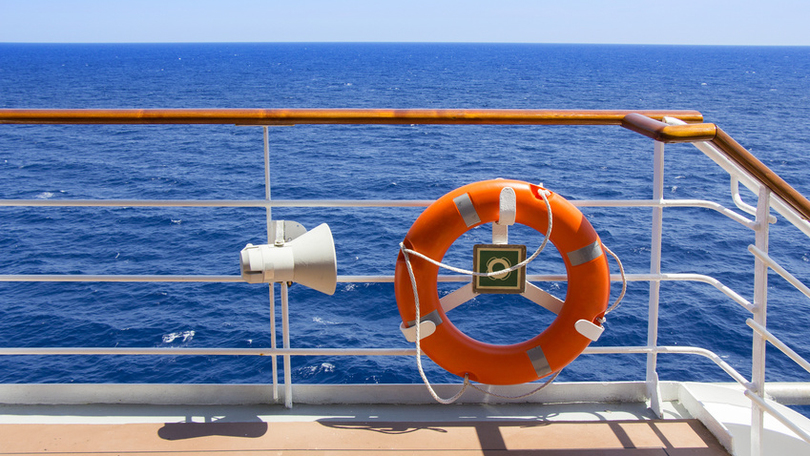
Source: Fotolia / Ivan Smuk
Maritime safety is guaranteed and continuously improved by a multitude of international conventions. In the long run global shipping is a decisive mode of transport with good opportunities for growth and employment.
To guarantee its sustainability the improvement and adjustment of the provisions on safety and environmental friendliness of this sector is a permanent task and objective of the Ministry in the International Maritime Organization and the European Union.
Port State Control
An important pillar of ship safety is port state control. Since 1982 this has been carried out by the Seamen’s Accident Prevention and Insurance Authority (See-BG) on behalf of the Ministry. On 1 January 2010, the See-BG and the Professional Association of Vehicle Operators merged and founded the Professional Association for Transport and Traffic (BG Verkehr). Since then the Ship Safety Division of BG Verkehr has exercised port state control. It monitors the compliance with international conventions.
When deficiencies are found they have to be rectified. In case of serious deficiencies conditions can be imposed on the continuation of the voyage or a ban on leaving the port can be pronounced. In special individual cases and under certain conditions entry into the territorial waters can be prohibited (banning). Port state control is exercised by experienced shipmasters and engineers who have gained their experience in maritime shipping. A qualitative evaluation of the flag state administrations is effected by means of their relevant “rate of detainment” in the form of a so-called white, grey and black list (WGB list) which is published on the internet www.parismou.org/publications-category/performance-list.
Such a list also exists for recognised classification societies which are active on behalf of a flag state administration. The basis are deficiencies in connection with detainments which can be clearly associated with an insufficient review by a so-called recognised organisation.
Objective of port state control
The aim of port state control is the elimination of sub-standard ships and the achievement of a higher safety standard as well as the improvement of the living conditions on board, the protection of the marine environment and the efficiency of maritime traffic.
International Cooperation
In order to further improve and harmonise the effectiveness of the checks the Paris Memorandum of Understanding on Port State Control (Paris MoU) was concluded in 1982. The wide regional scope of application of, in the meantime, 27 member states means that it is the decisive port state control convention.
Improvement and adjustment of regulations
As from 1 January 2011, the revised Port State Control Directive has replaced the previously more quantitative 25 percent requirement by a 100 percent coverage. According to this, every ship in the area of the Paris MoU is visited through periodical inspections. The vessels which are to be inspected are selected by a comprehensive data base (THETIS). The basis are results of former port state control visits, the inclusion of performance data of the competent flag states, commissioned classification societies and the responsible shipping companies as well as the calculation of a risk factor. According to this, high-risk vessels are given preference for visits, quality vessels however are inspected less frequently.
Statistics
More detailed information on inspections, detentions and the work performed by the flag states and the recognized organizations in the scope of application of the Paris Memorandum of Understanding on Port State Control can be found at:
https://www.parismou.org/publications-category/annual-reports